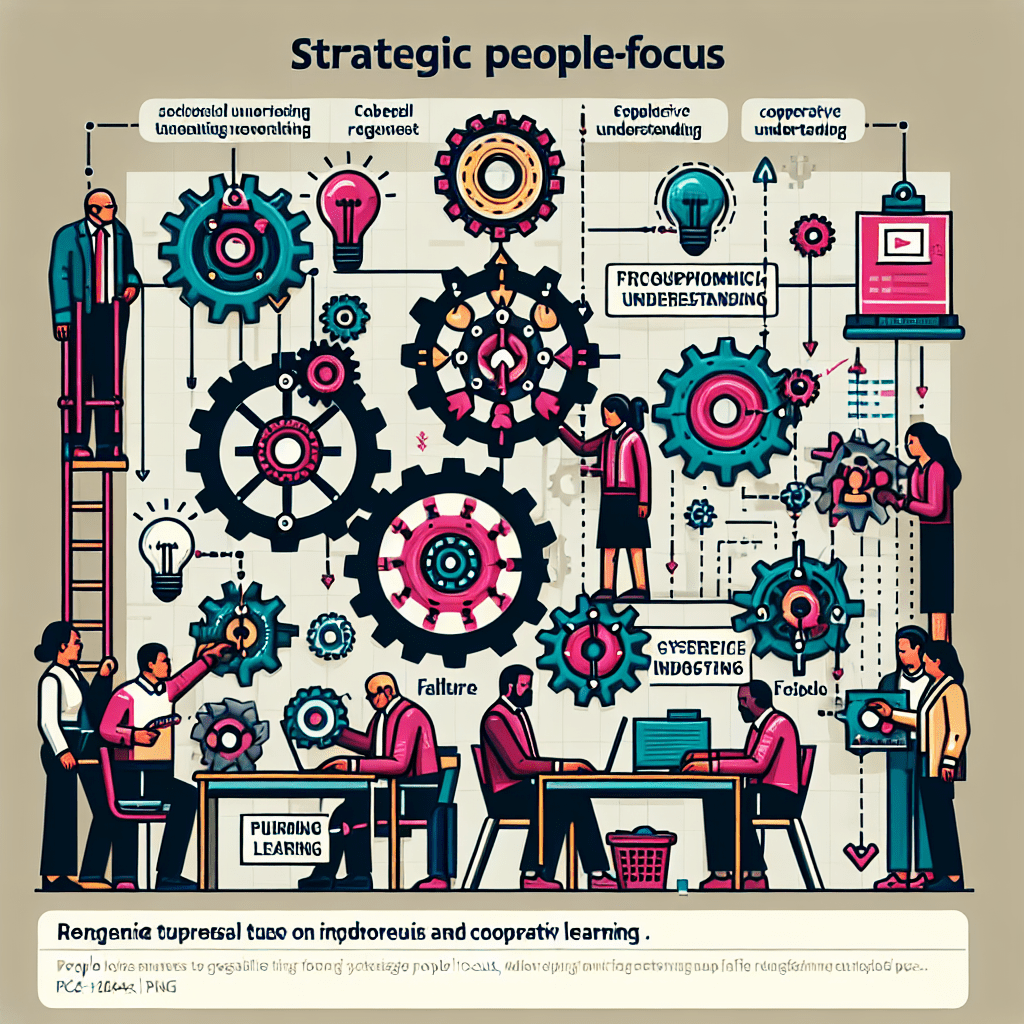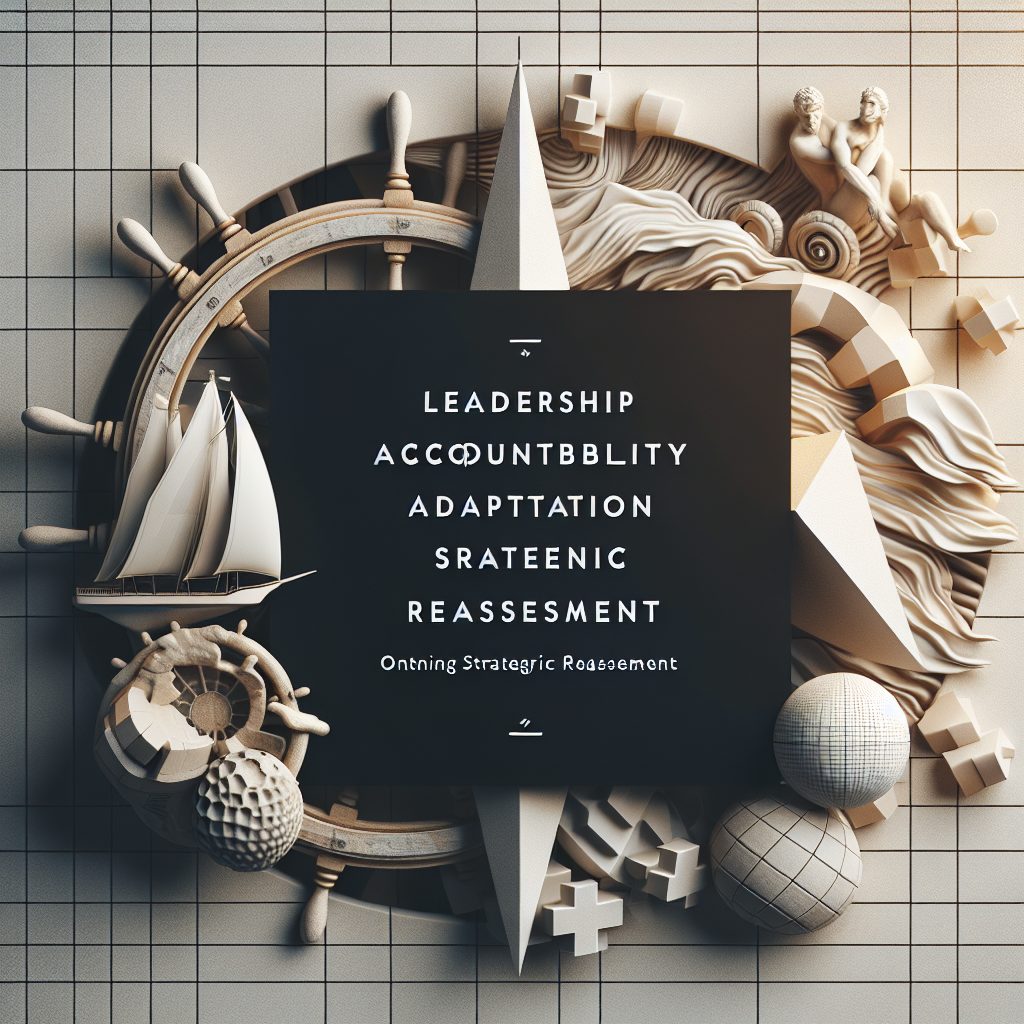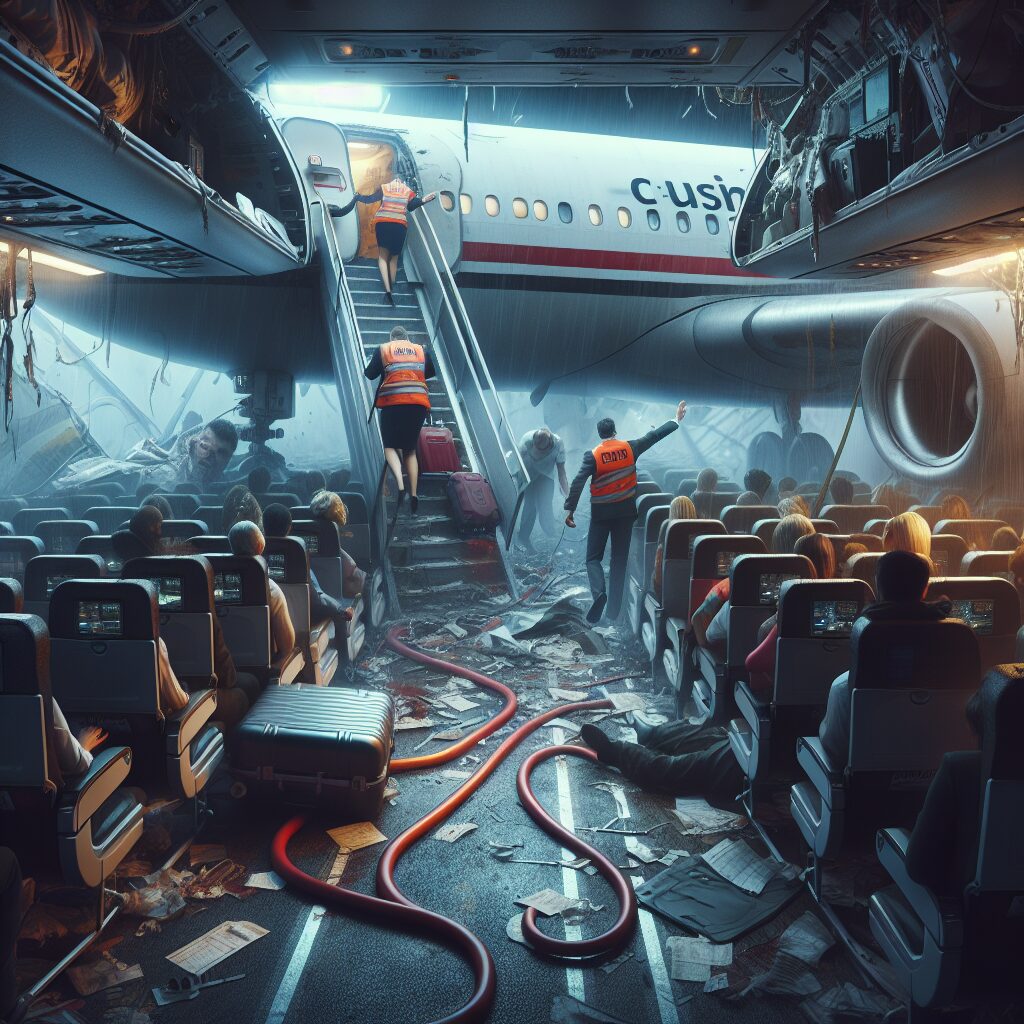
Moving Beyond Blame: Fostering a Culture of Improvement in Aviation and Beyond

Blaming Individuals is a Dead End for Progress
Alright, let’s cut to the chase: blaming individuals isn’t just unproductive—it’s downright counterproductive. I was having a chat the other day with a few friends over coffee, and we found ourselves discussing the recent Boeing door plug incident. It raised an interesting question: do we really need to fuss over who dropped the ball with those missing bolts? Spoiler alert: the answer is no. Let’s explore this together.
What Really Happened?
In the chaos of a crisis, the first instinct is often to point fingers. After all, in high-stakes industries like aviation, it’s only human to want to identify the cause, especially when lives hang in the balance. But what if, instead of jumping to blame, we took a step back and asked ourselves some pivotal questions?
First off, what actually transpired? The details are crucial. In the case of Boeing, investigators were baffled by the missing bolts. Instead of zeroing in on one individual who supposedly made a mistake, we should focus on the broader issues at play. This situation isn’t just about an operational hiccup; it’s a reflection of systemic flaws.
How Did We Reach This Point?
Next up is understanding the journey to where we are today. It’s vital to comprehend how things spiralled to this level of oversight. Did we fail to implement sufficient checks? Were there gaps in documentation or perhaps an inadequate training regime?
When the National Transportation Safety Board (NTSB) looked into the matter, they highlighted some significant issues. Poor oversight and training, cracks in communication, and a safety culture that clearly needs revamping were all called into question. This isn’t just about a single incident; it’s a call to action for industries everywhere.
The Safeguards That Failed Us
Now let’s talk about what safeguards failed us. It’s essential to peel back the layers and recognise that mistakes often arise from a complex interplay of systems rather than just “human error.” When we look at failures as individual blunders, we miss the opportunity for true improvement.
By understanding the root causes, we can build stronger systems that prioritise safety. Instead of fostering a blame culture, let’s create an environment where questioning is encouraged and learning is at the forefront. This is how progress is truly made, and it opens the door to better practices across the board.
A Culture of Improvement
Now, let’s be honest. The instinct to blame is strong, especially when it comes to something as sensitive as safety in aviation. However, when we express a commitment to learning, we empower team members to voice their concerns before problems escalate. Leadership should always prioritise humility and a continuous learning mindset.
What’s needed is a shift towards a culture of psychological safety. This means creating a workspace where everyone feels comfortable sharing concerns without the fear of harsh repercussions. It’s not just the right thing to do; it’s essential for meaningful progress.
Final Thoughts
So, what are your thoughts on this approach to error management? Can we agree that it’s time to move beyond the blame game? Let’s embrace a mindset that not only seeks to understand past errors but also lays the groundwork for better systems in the future. As leaders, we have the responsibility to nurture an environment where everyone feels empowered to speak up.
If we reflect on the lessons from events like the Boeing incident, we can foster a safer, more progressive atmosphere in all sectors. Let’s commit to learning from our mistakes, honour those lessons, and ultimately improve our systems. What’s your take on fostering a culture that prioritises learning over blame?
Join the conversation and share your thoughts below.




